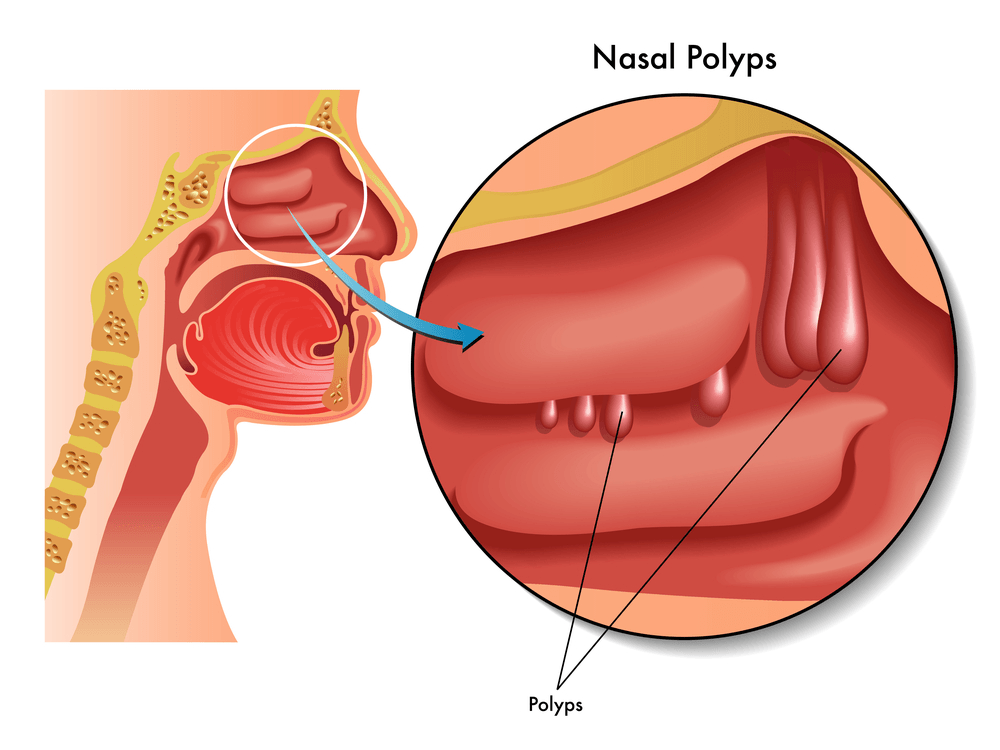Can treating the nose help with ear symptoms?
Some ear conditions are ultimately related to the nose. Once you think about the intertwined anatomy and physiology of these two body parts, it makes complete sense. The nose is connected to the ear via a functional tube called the Eustachian tube. This tube helps ventilate, drain, and maintain an equilibrium of air pressure in the middle ear. It opens in the back of the nose called the nasopharynx. If something were to block that opening, the system gets backed up, causing increased ear pressure and ear fluid.
We have known that one of the causes of ear infections or persistent middle ear fluid in kids is obstruction of the Eustachian tube from the adenoids, which are in the nasopharynx. Thus,
performing an adenoidectomy is one of the treatments for chronic ear fluid in kids.
Our research group set out to see if chronic rhinosinusitis affected ear symptoms in adults and our findings were significant. We found that, in patients with chronic rhinosinusitis, ear symptoms and nose/sinus
symptoms were strongly correlated. So, those with worse sinus symptoms seemed to have worse ear symptoms.
We also looked at how sinus surgery affected ear symptoms. In this study, 80% of the patients had improvement in ear symptoms with sinus surgery alone and 60% had complete resolution (or normalization) of their ear symptoms!
So, we have found it important to ask questions about both nose and ear symptoms because treating the nose is often the answer to solving certain ear problems.
Thomas S. Higgins, MD, MSPH
Father. Husband. Sinusitis Nerd.















